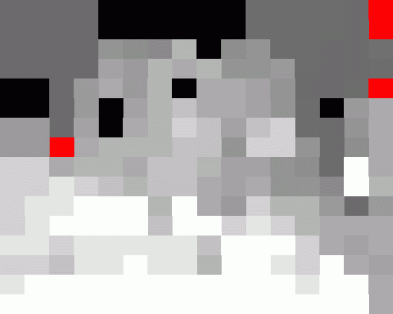This page contains an assorted list of outputs from the IRIS
system. It also contains the datasets used by IRIS-3D for recovery
of depth and 3D models. More will be added in due course of time.
For now, enjoy!

|

|
The left image was taken using an inexpensive digital camera
with default settings. The right image shows the result of histogram
equalisation using IRIS-XT. |

|

|
The left image was taken using a Logitech webcam
with default settings. The right image shows the result of quadtree
segmentation using IRIS-XT. Click on the right image to see more
results for different levels. |

|

|
The left image is the original image. The right image
shows the result of contrast stretching using IRIS-XT. |

|

|
The left image is the original image. The right image
shows the result of using the Canny edge detector. Click on the images
to see their enlarged versions. |

|

|
The left image is an artificial test image for checking
the proper functioning of the Hough Transform module with
default settings. The right image shows the Hough Transform itself.
Click on the images to see their enlarged versions. |

|

|
The left image was taken using a Logitech webcam
with default settings. The right image shows the Hough Transform
itself. Click on the images to see their enlarged versions. |

|

|
The left image is an artificial test image for checking
the proper functioning of the Generalised Hough Transform (GHT) module
with default settings. The right image shows the Hough Transform itself.
Click on the images to see their enlarged versions. |

|

|
The left image is the Aqua image. The GHT module
was trained to recognise circles. The right image shows the Hough
Transform itself. Click on the images to see their enlarged versions. |
You can find more information on these results (and why they are
as they are) in the Discussions
section.





















